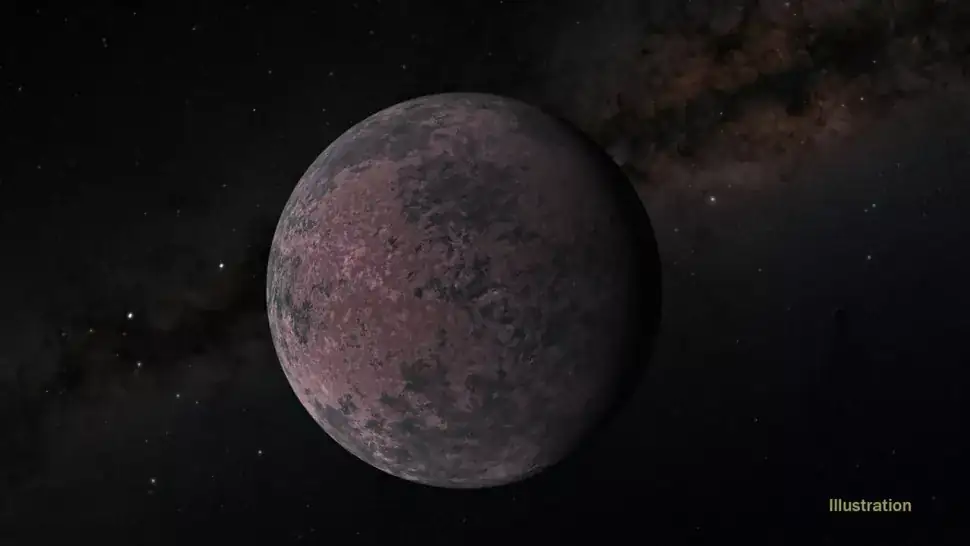This super-earth may have lost its atmosphere due to extreme heat
#astronomy #apod #science #astrophotography #space
Astronomers have discovered an Earth-sized rocky world, or “super-Earth.” It could be hot enough to melt gold and therefore have no atmosphere.
By comparing these super-Earths to our planet, scientists can determine which of these extraterrestrial planets can harbor life.
Laura Kleidberg, an exoplanet scientist at the Max Planck Institute for Astronomy in Germany and co-author of a new paper supporting the discovery, said: in a statement (opens in a new tab). “These measurements indicate that dense atmospheres are unlikely to survive normally on the hottest planets.”
An exoplanet called GJ 1252 b is 65 light years away from her. Much closer to the star than the Earth is to the Sun, with one side, or “day side,” permanently facing the star, boosting the exoplanet’s temperature. When astronomers, using the now-defunct Spitzer Space Telescope, measured infrared emissions from GJ 1252 b as an exoplanet passed behind its star (called a “secondary eclipse”) configuration), they found that the planet’s daytime temperature reached 2,242 degrees Fahrenheit. (1,228 degrees Celsius).
Not only are these temperatures hot enough to melt gold, silver, and copper on the planet’s surface, but this extreme heat also makes it difficult for GJ 1252 b to stick to its dense atmosphere. The team believes this scorching temperature is consistent with what would be expected for a planet with a bare rocky surface.
Additionally, the team found that GJ 1252 b has a surface pressure of less than 10 bar. This suggests that its atmosphere, if it exists, must be much thinner than that of Venus.
Astronomers have calculated that in GJ 1252 b, a uniform atmosphere thick enough to cause a 10-fold increase in surface pressure was stripped from the planet over a million years. As such, GJ 1252 b may have a highly confined atmosphere or no atmosphere at all, the researchers concluded in an article published Sept. 23 in The Astrophysical Journal Letters.
Ian Crosfield, an astronomer at the University of Kansas who led the study, says it’s the smallest planet ever for which scientists have determined severe atmospheric constraints.
Further studies of his GJ 1252 b with the James Webb Space Telescope (JWST) may impose even tighter constraints on the planet’s atmosphere (or lack thereof) in the coming years.
“At the time, Spitzer was the only facility in the known universe capable of making this type of measurement,” Crosfield said in a statement. “Right now, Spitzer is shut down, but JWST is there, and it’s much more sensitive than Spitzer at those wavelengths.”
In other words, the work that Crosfield and his team did with Spitzer is much easier with JWST.
“His JWST observations in the infrared have the potential to reveal surface features of hot, rocky planets like this planet,” he said. “Different rock types have different spectral signatures, so we may be able to pinpoint which rock type GJ 1252b is composed of.”
Further study of GJ 1252 b could therefore reveal the composition of the planet, and extend that study to more terrestrial worlds like GJ 1252b, allowing astronomers to study relatively small Researchers say that it will allow us to better understand the hot exoplanets.
https://www.space.com/super-earth-planet-no-atmosphere-too-hot
